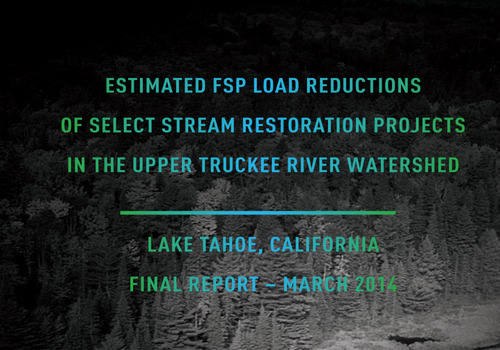Published in Water Research X.
Abstract
Infiltration systems are among the most commonly implemented practices to control urban stormwater and to attenuate pollutant delivery to receiving waters, because they are relatively cheap to build and amenable to space constraints in urbanized areas. However, infiltration systems tend to clog with sediments, which can rapidly reduce their performance. While clogging has been consistently identified as a significant determinant on infiltration BMP (best management practice) performance and lifespan, there have been few methods reported to predict rates of clogging or incorporate insights to urban catchment water quality modeling. We ran a series of laboratory and field experiments to identify clogging mechanisms and quantify infiltration performance declines as a function of sediment loading. The results show rapid initial declines of infiltration rate, primarily due to accumulation of material at the bottom of the infiltration BMP. The performance decline trajectories were sensitive to BMP geometry, with BMPs that had greater lateral infiltration surface area declining less quickly. We integrated these experimental results to a spatially distributed stormwater model to illustrate how they can be used to predict BMP performance declines over time and assess cost trade-offs. Results will be used to adapt algorithms in a cloud-based stormwater management platform to better inform maintenance needs for cities and improve the accuracy of urban stormwater pollutant load reduction estimates that support regulatory compliance tracking.
Download PDF

